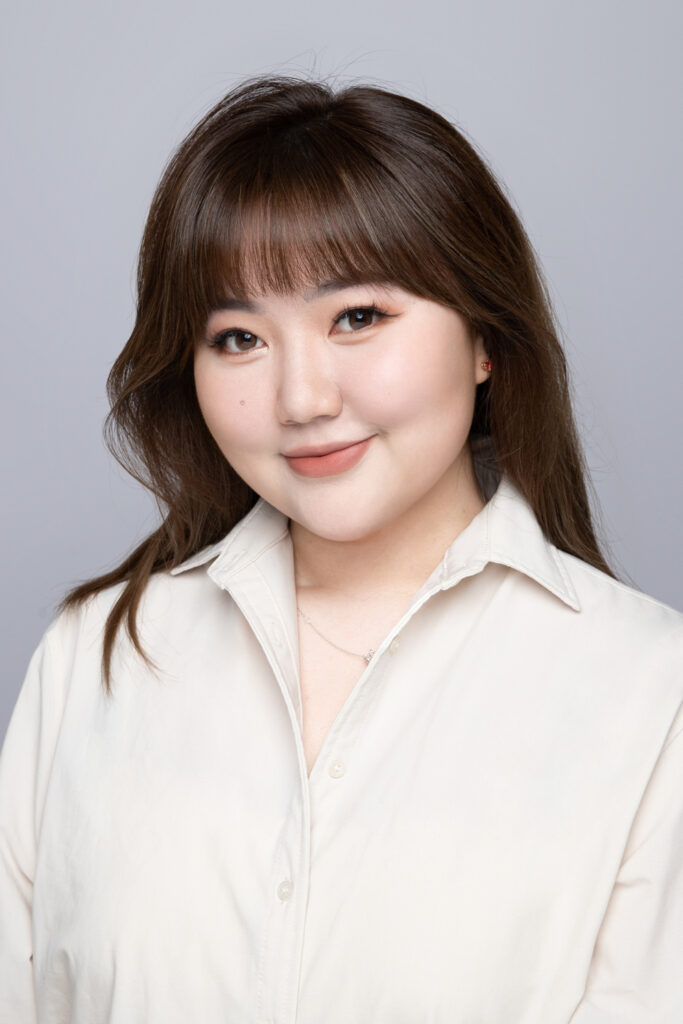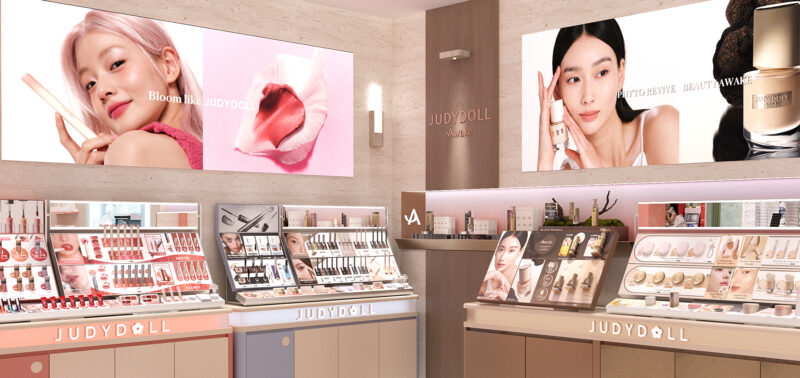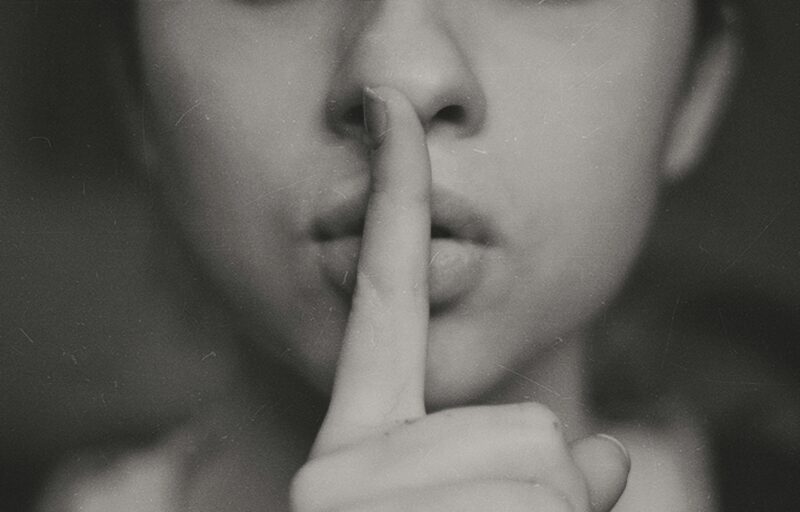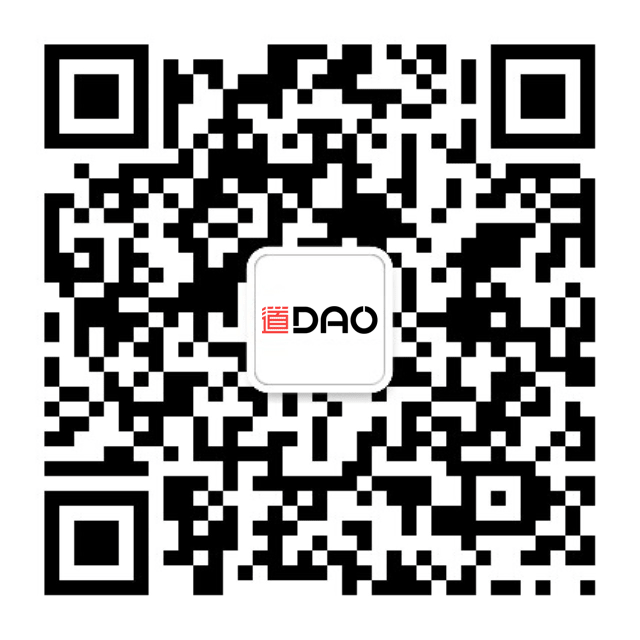
Julie Liu is head of global marketing at Judydoll. She’s worked in the beauty industry for almost a decade, with names like L’Oréal and Estée Lauder part of her CV. Julie is known for her astute observation of the China market in general, and China’s Gen Z in particular.
How do you decide which trends are worth turning into products or campaigns, and which are better left alone?
At Judydoll we work both with data-driven insight and our expert intuition. Because we have a team that is very creative, following trends, we can always be on the frontier of what’s hot.
For trends that are worth turning into a product or campaign, I would say we really look for signals that go beyond viral value. We are more about, you know, how a customer could resonate with the trend and if this trend is really tackling a problem or a pain point for the consumer. Then we leverage the trend and inject a little innovation into it. I would say it’s about selecting the trend that would fit our target group of consumers.
Besides astute Gen Z marketing, Judydoll is known for its fast product cycles. How do you balance reacting quickly while maintaining creative integrity?
First of all, we have very, very consistent, straightforward guidance and that’s our brand philosophy. I always say that the foundation is fixed but the expression is fluid. So, no matter how fast we react to the trend, no matter how fast we’ve been launching new products, the outcome will always feel very similar.
And then second, I would say that we have very strong in-house innovation. The product development team is full of creative people, so is research and development, and our in-house lab too. In the end, it comes down to people. Of course, there’s a lot of Gen Z in the team as well. That really helps with knowing what’s making our target audience tick. They also bring a lot of freshness to the creative process.
What makes an IP or a partner feel like a natural fit for Judydoll’s tone and audience? What’s a good collab, viral or long term?
A good collaboration should feel like one plus one is equal or even bigger than two. It should also feel like a surprise to the consumer and the consumer should feel that it makes perfect sense. That’s always the balance we try to keep whether it’s a shared value, similar aesthetic or the same goal when it comes to boosting voice and connecting with the consumer.
Collaboration should build long-term brand equity as well. Back in 2021 we had a collaboration with Popmart, and that was when Popmart wasn’t the kind of hit that they are today. We felt like it was a natural fit because they’re always trying to tell the story of like fun, no big deal, just small things can create happiness in life as well. And as for our brand, we are always trying to convey the fun, the creativity, behind the makeup. That kind of shared value is perfect.
In your experience at Judydoll, what do you think most clearly sets China’s Gen Z apart in how they consume, express themselves and relate to brands?
Gen Z are super different. They’ve moved from being a consumer to becoming a pro-sumer. When it comes to shopping they are pros [laughs]. They’re incredibly savvy. They know everything from the technology behind it to the ingredient. They have expert KOLs reviewing the products, they even discuss indirect elements like packaging. They want something that actually solves a problem, but they also want something that they’ve never seen before.
As a brand we really appreciate that because traditionally it was always very top down – you talking to the consumer. Nowadays Gen Z talk about brand connection, they look for something closer to their identity. This means that they do have more insights, meaning they do have more opinions and they drive more innovation. In the end, it benefits us all, as it brings the whole industry to the next level.
How much is individual identity playing into this?
Chinese Gen Z are really diverse. I don’t mean that in the western sense, as in race or nationality. In China, that means there are many, what you could call ‘tribes.’ They all have different tastes in lifestyle and different perceptions of beauty. Some are very into travelling nowadays, some of them are very into, like, the gym aesthetic. It’s a challenge for brands because you need to think of a way you can really tap into those circles and how you can really speak to those groups of consumers with the right product, with the right campaign, and with the right approach.
How does Judydoll think Gen Z responds to traditional beauty ideals versus the self-expression?
Gen Z is becoming more and more self-expressive. This is for sure. I also think they’re trying to express themselves in a very authentic way.
And when it comes to their connection with brands, they definitely look for more authentic emotional connection and I know that this is definitely not new to you. All the brands are talking about emotional connection, you know, like how storytelling should speak about the authentic stories and this and that.
As China’s youth culture evolves, what emerging subcultures or digital spaces are you watching most closely?
We don’t really constrain ourselves to a certain platform or to a certain subject of culture because as I said, there are too many tribes right now in China. I think a better way and also a smarter way for us as a brand is that we watch closely and co-create, bringing the consumer along on the journey of creation with us.
As you may know we are actually also expanding globally as well, so we don’t even really constrain ourselves to one market’s trends either. We’re open to trends from the western world and we are watching closely.









